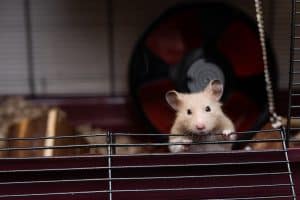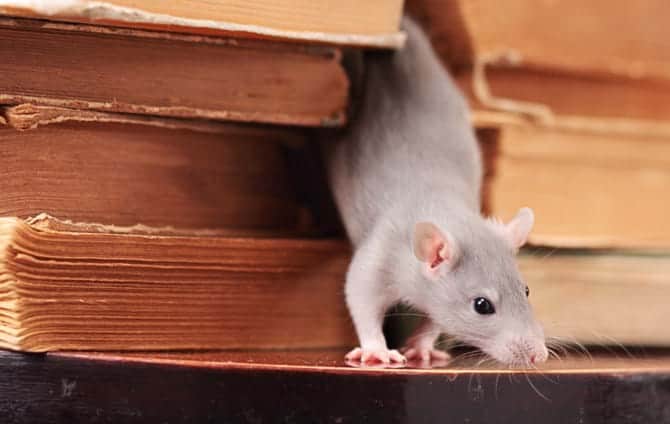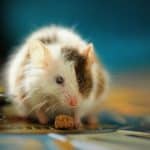Common Signs of a Rodent Infestation
Many people associate the cold weather with high heating bills, power outages and other related problems, but rodent infestations should also be added to this list of winter woes. In fact, a survey by pest experts found that 45 percent of rodent issues occur in the fall and winter. Since now is the time of year that mice and rats tend to move indoors in search of food, water and shelter, it’s important to be aware of the signs of a rodent infestation. The pest professionals put together the following list to help determine if your home is indeed infested with rodents.

What to Look For
Droppings: Finding mice or rat droppings around the home is one of the most common signs of a rodent infestation. Homeowners may also find mouse droppings under sinks, inside chewed cardboard boxes, along baseboards and on top of wall beams. Mouse feces can carry harmful bacteria, transmit serious diseases such as salmonella and Hantavirus, and trigger allergies. Mice are capable of producing more than 50 droppings a day, so prompt removal using protective gloves is key to keeping the family safe from the potential health threats posed by these critters.
Gnaw marks: Rodents can cause serious property damage by chewing through almost any type of material – including plastic and lead pipes – to obtain food or water. House mice and rats are also known to gnaw on wires behind walls, which can increase the risk for a fire in the home. It’s necessary to keep a watchful eye for gnaw marks around the house, as this is a clear sign of a rodent infestation.
Nests: Rodents prefer to nest in dark, secluded areas where there is little chance of disturbance. House mice, specifically, like to build their nests out of shredded paper products, cotton, packing materials, wall insulation and fabrics. If you see these materials scattered around the home, it might be time to call in a licensed pest professional to perform an inspection.
Tracks or rub marks: Rats tend to leave dark grease or dirt marks along walls and floorboards as they follow a trail throughout the home between their nest and food. Keep an eye out for these rub marks, which are actually caused by the rat’s oily fur.
Strange noises: Hearing strange noises in the walls, especially at night, can be a bit concerning. Chances are these sounds can be attributed to a family of rodents scurrying about the house, between the walls and up in attics. Rodents are especially fond of attics because they provide dark, secluded spots to build nests. Unfortunately, attics are among the rooms in a home that are easily overlooked during the pest-proofing process. Make sure to keep this area well ventilated and dry, and opt to store any family heirlooms in sealed plastic containers rather than cardboard boxes.
An actual rodent: Mice can breed rapidly, so if you spot one mouse in the house, it’s likely there are others playing hide and seek. In fact, a female house mouse can give birth to a half dozen babies every three weeks. That’s a lot of mice!
If you recognize any of these signs of a rodent infestation, don’t mess around! Rodents are not only a nuisance; they can multiply fast and are known to spread more than 35 diseases. They are also capable of chewing through drywall and even electrical wiring in the home, which increases the risk for a potential fire. The best thing to do in the event of an infestation is to contact a licensed pest control professional to inspect the home and recommend a proper course of treatment.




